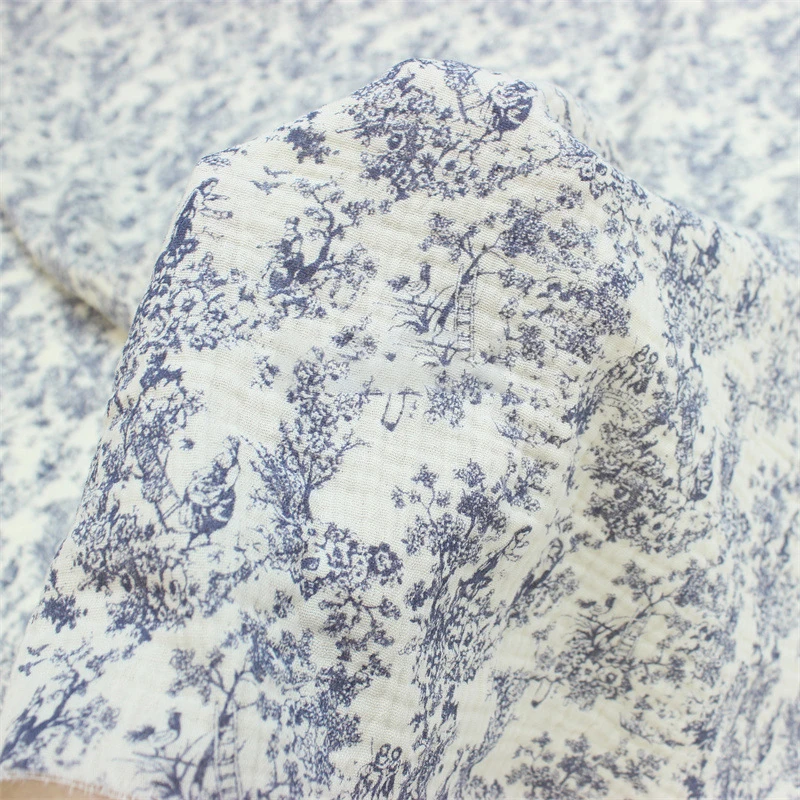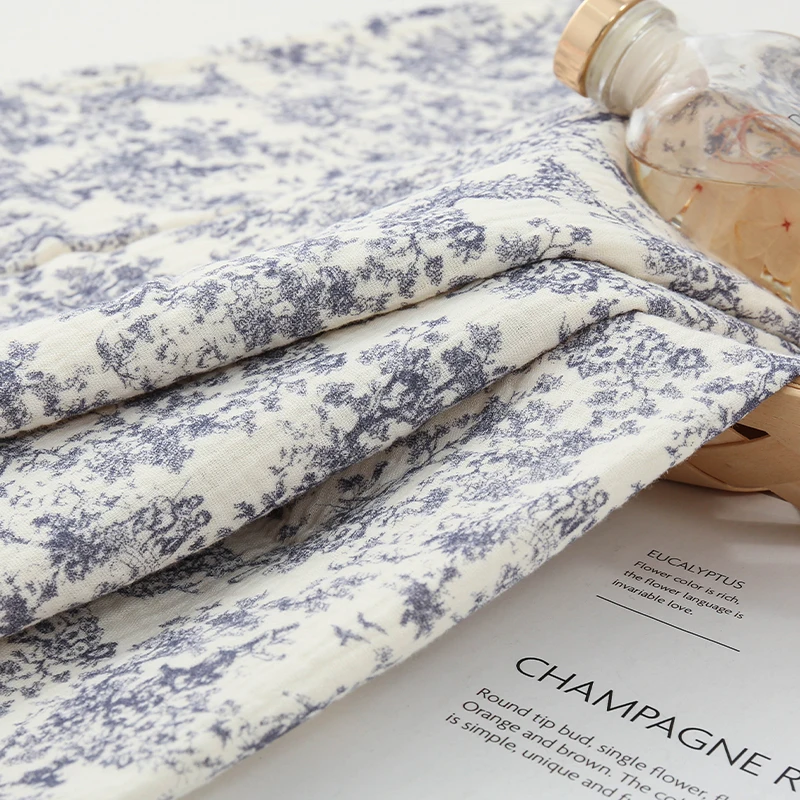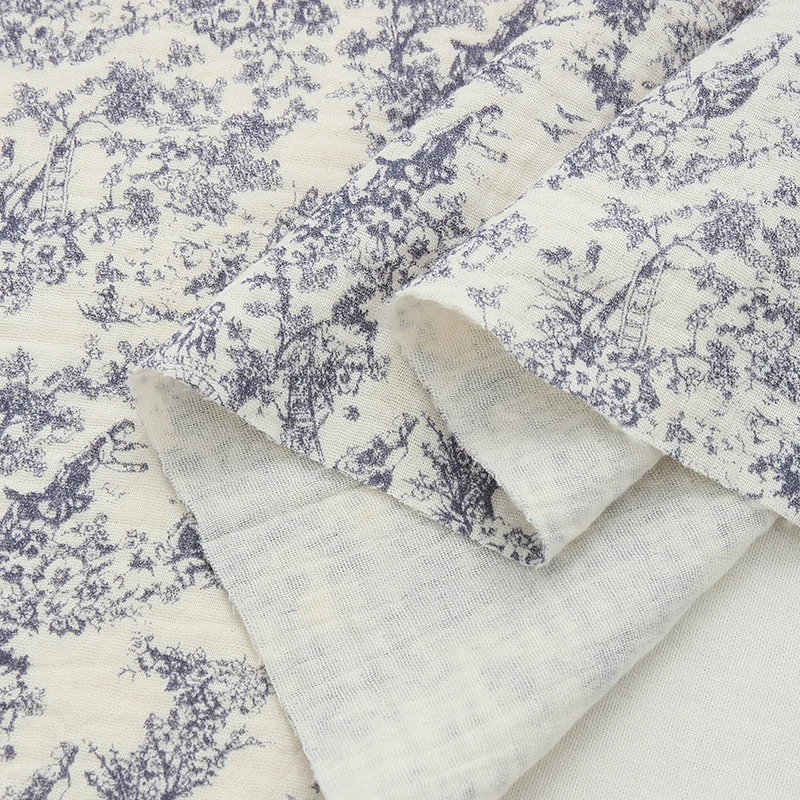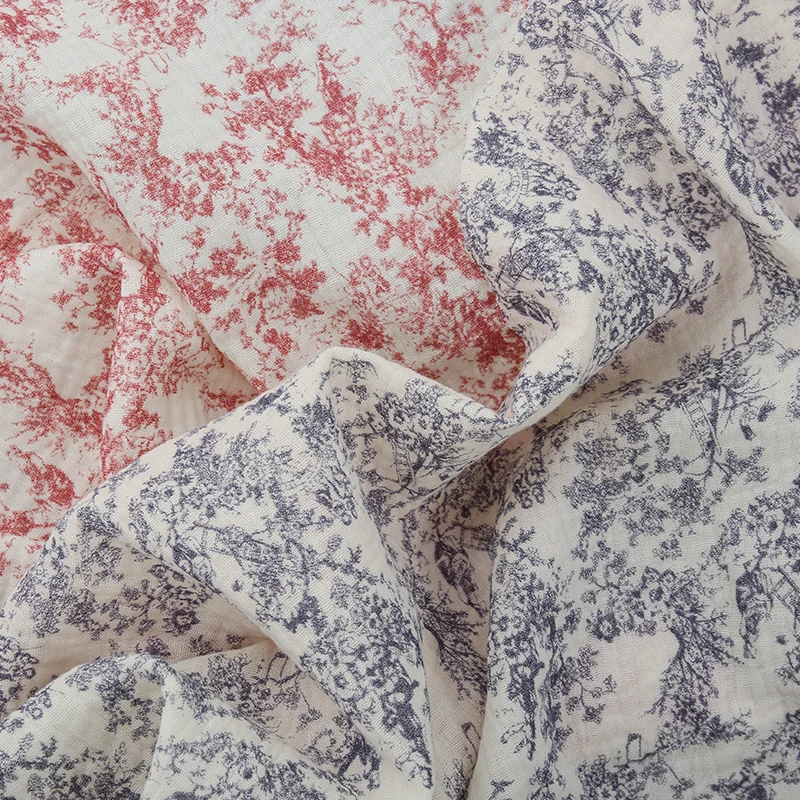Mold growth on fabrics can not only ruin the aesthetics of your belongings but also pose health risks, especially for those with allergies or respiratory issues. Prompt action is crucial to salvage affected items and maintain a healthy living environment. This comprehensive guide explores effective techniques and products to eliminate mold from various fabric types, ensuring your home stays fresh and mold-free.
Understanding Mold and Its Dangers
Mold thrives in damp environments and feeds on organic materials, making fabrics an ideal breeding ground. Its presence is often accompanied by a musty odor and visible stains. Prolonged exposure to mold can lead to allergic reactions, asthma attacks, and in severe cases, respiratory infections. Thus, addressing mold promptly is vital for both the integrity of your belongings and your family’s health.
Assessing the Damage and Precautions
Before tackling mold removal, assess the extent of the damage. Light mold spots on smaller items might be manageable at home, whereas extensive mold colonization may require professional intervention. Always wear protective gear such as gloves, goggles, and a mask to prevent inhalation of mold spores.

Pre-Treatment Steps
- Isolate the Affected Area: To prevent mold spores from spreading, work in a well-ventilated area away from other fabrics or furniture. Close doors and windows and use a fan to direct airflow outside if possible.
- Launder Delicate Items: For washable fabrics like cotton or synthetics, pre-treat the mold spots with a mild detergent mixed with water. Gently scrub the affected areas before washing in hot water (check care label first). Add a cup of white vinegar to the rinse cycle to inhibit mold growth.
Advanced Cleaning Techniques
- Baking Soda Solution: For a natural, gentle approach, mix baking soda with water to form a paste. Apply this paste directly onto the mold spots and let it sit for a few hours. Scrub gently with a soft brush, then rinse thoroughly and air dry.
- Vinegar Soak: White vinegar, a natural disinfectant, can effectively kill mold. Soak the affected fabric in undiluted white vinegar for an hour. Rinse well and launder as usual. The strong vinegar smell will dissipate once the fabric dries.
- Hydrogen Peroxide Treatment: Hydrogen peroxide is another powerful, non-toxic mold remover. Apply a 3% solution directly onto the mold spots, let it sit for ten minutes, then blot with a clean cloth. Repeat if necessary until the stain lifts, then wash and dry.
- Commercial Cleaners and Products: If natural methods aren’t cutting it, opt for commercial mold removal products designed specifically for fabrics. Look for EPA-registered fungicides or enzymatic cleaners that target and break down mold molecules. Follow package instructions carefully.
Special Considerations for Delicate and Non-Washable Fabrics
- Leather and Suede: Mold on leather requires a gentle touch. Use a soft brush to remove surface mold, then apply a leather cleaner followed by a leather conditioner. For suede, use a suede brush and consider professional cleaning for severe cases.
- Wool and Silk: These delicate fabrics demand caution. Gently brush off mold with a soft-bristled brush, then spot treat with a mild detergent solution. Avoid soaking; instead, blot with a damp cloth and let air dry naturally.
- Upholstery and Carpets: These larger items might require steam cleaning or professional services. Rent a steam cleaner or hire a professional who uses antimicrobial treatments to ensure thorough mold eradication.
Post-Cleaning Measures and Prevention
- Thorough Drying: After cleaning, ensure all fabrics are completely dried, either by air-drying or using a dryer on a low heat setting (if fabric allows). Moisture is mold’s friend, so eliminating it is key to preventing recurrence.
- Dehumidify and Ventilate: Reduce indoor humidity levels below 60% to discourage mold growth. Use dehumidifiers, exhaust fans, and open windows to improve air circulation.
- Regular Cleaning: Incorporate routine cleaning of fabrics into your housekeeping schedule. Vacuum carpets and upholstery regularly and launder linens and clothes frequently.
- Inspect and Address Leaks: Regularly inspect your home for leaks, especially in areas prone to moisture like bathrooms and basements. Promptly fix any leaks to prevent mold-inducing dampness.

Advanced Strategies for Persistent Mold Issues
When confronted with recurrent or deeply ingrained mold problems on fabrics, ordinary cleaning methods might not suffice. In such cases, employing advanced strategies becomes essential to eradicate mold permanently and restore the integrity of your fabrics.
Professional Mold Remediation Services
- Expert Assessment: Professional mold remediation specialists bring expertise in identifying the extent and type of mold infestation. They utilize specialized equipment to detect hidden mold sources and devise a tailored plan for removal.
- Advanced Techniques: Professionals employ industrial-grade cleaning agents and equipment, such as HEPA vacuums, ozone generators, and antimicrobial fogging, which are more effective at penetrating and eliminating mold from deep within fabrics.
- Structural Drying and Restoration: For carpets, upholstery, and other large items attached to structures, professionals ensure complete drying of both the fabric and underlying surfaces to prevent future mold growth.
- Safety and Sanitization: Experts follow strict safety protocols to contain mold spores during the cleaning process, minimizing the risk of cross-contamination. They also sanitize the treated areas to inhibit mold recurrence.
Eco-Friendly Alternatives
- Tea Tree Oil: Known for its potent antifungal properties, tea tree oil can be diluted with water and sprayed onto affected areas. It’s a natural alternative to harsh chemicals but should be tested on a small, inconspicuous spot first due to its potential to discolor some fabrics.
- Grapefruit Seed Extract: Another natural mold inhibitor, grapefruit seed extract can be used similarly to tea tree oil. Mix a few drops with water, apply to the mold, let it sit for some time, then scrub and wash as usual.

Long-Term Mold Prevention Strategies
- Regular Inspections: Schedule periodic inspections of your home, paying close attention to areas prone to dampness. Early detection can prevent minor mold issues from escalating.
- HVAC Maintenance: Keep your heating, ventilation, and air conditioning (HVAC) system well-maintained. Change filters regularly, and consider installing a high-quality air filter to capture mold spores.
- Use Mold-Resistant Products: When replacing or renovating, choose mold-resistant materials for carpets, upholstery, and insulation. Some textiles are treated with antimicrobial agents that deter mold growth.
- Smart Storage: Store fabrics and clothing in dry, well-ventilated areas. Use moisture absorbers like silica gel packets in storage containers to keep humidity levels low.
Understanding the Role of Insurance
In some instances, mold damage may be covered by homeowners’ insurance, particularly if it results from a covered peril such as a burst pipe. Familiarize yourself with your policy details and contact your insurance provider promptly upon discovering mold to understand your coverage options.
Conclusion: A Comprehensive Approach to Mold-Free Living
Effectively removing mold from fabric necessitates a holistic strategy that combines immediate action, advanced cleaning techniques, and preventive measures. Whether adopting natural remedies, utilizing professional services, or embracing eco-friendly alternatives, the goal is to restore the cleanliness and safety of your living environment. Remember, a proactive approach to mold prevention is the cornerstone of maintaining a healthy home. By integrating these strategies into your household maintenance routine, you can successfully combat and prevent mold issues, ensuring a fresher, safer space for you and your family.
In conclusion, removing mold from fabric demands a strategic approach combining the right techniques and products. Whether opting for natural remedies or commercial solutions, remember that prevention through proper ventilation, humidity control, and regular cleaning is paramount to maintaining a mold-free home. With diligence and the right measures, you can restore your mold from fabric to their former glory and safeguard your family’s health.









